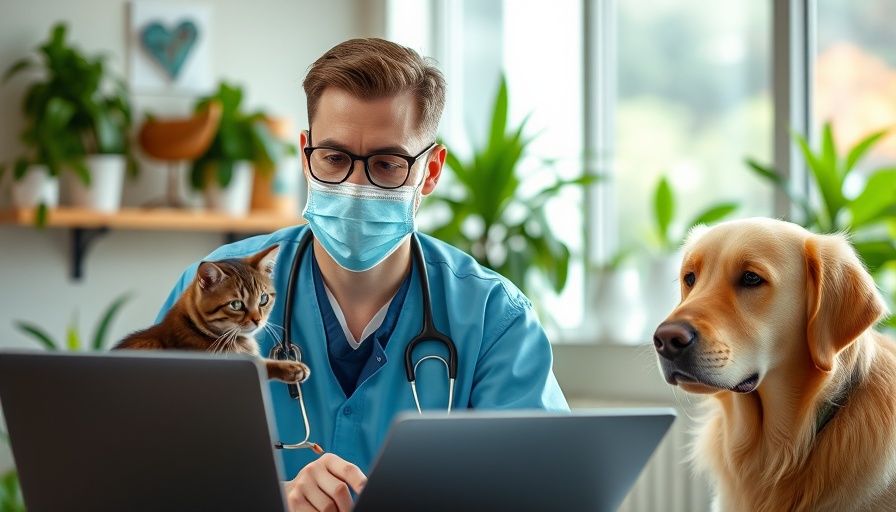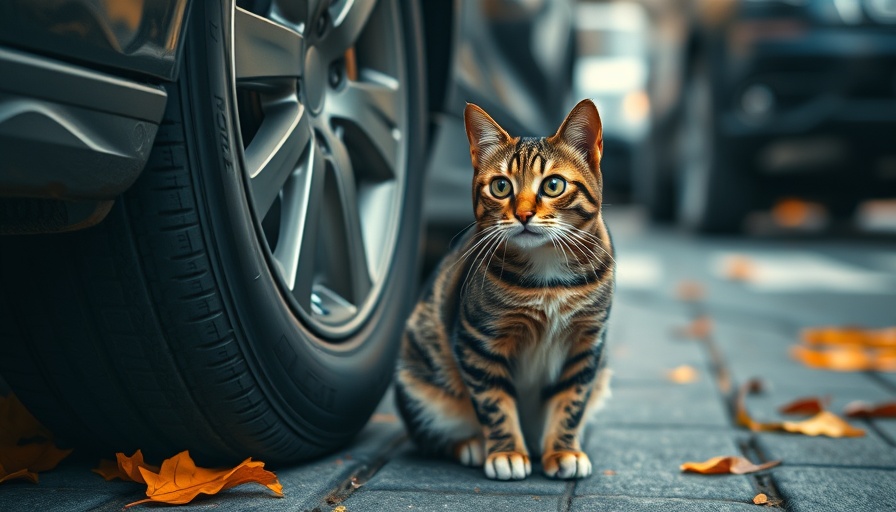
The New Era of Pet Healthcare: Embracing Telemedicine
As loving pet parents, we always want the best for our furry companions—nourishing them with the right food, grooming them regularly, and providing timely medical care. Traditionally, this entailed scheduling an appointment, traveling to the clinic, and waiting in an office filled with anxious pets and their owners. However, a transformative shift is occurring in veterinary care, one that allows us to connect with licensed veterinarians without leaving our homes, making pet telemedicine not just a convenience but a revolutionary step in pet healthcare.
The Surge in Pet Telemedicine: A Perfect Timing
Pet telemedicine has experienced a notable rise, with over 10,000 online pet consultations reported, indicating a profound change in how we approach our pets’ healthcare. This trend can be attributed to several factors:
- Busy Schedules: The fast-paced lives of pet owners often make clinic visits challenging to fit in. Online consultations provide flexibility that caters to modern lifestyles.
- The COVID-19 Influence: The pandemic pushed many healthcare services toward virtual solutions, and veterinary care is no exception. Safety protocols propelled the adoption of online veterinary consultations.
- Technological Advancements: Improved video call capabilities and AI support have created a framework that allows effective pet health monitoring remotely.
- Accessibility: Not all pets have easy access to trusted veterinary clinics, particularly in rural areas. Telemedicine bridges that gap, making it easier for pet owners to attain expert advice.
How It Works: A Virtual Consultation Journey
Many pet owners might find themselves wondering, 'How does an online vet consultation work?' Here’s a brief overview:
- Booking: A user-friendly interface on platforms like MyFurries lets owners choose a veterinary specialist and book a session.
- Details Submission: Pet owners upload recent health records and a summary of symptoms for the veterinarian's review.
- Live Video Call: During the consultation, the licensed vet assesses the pet's condition visually while asking relevant questions.
- Next Steps: Based on the consultation, the veterinarian may prescribe medications, suggest lifestyle adjustments, or recommend follow-ups.
- Follow-up Support: With services like MyFurries, owners can easily track their pet’s progress and get additional support if needed.
When Telemedicine Meets Quality Care: Beyond Myths
Many pet parents harbor concerns about the efficacy of online consultations compared to traditional visits. However, for numerous non-emergency cases, virtual care can be equally effective:
- Routine Health Checkups: Oftentimes, vets can evaluate symptoms and monitor behavior during video consultations.
- Skin and Coat Issues: Conditions like skin rashes and allergies can be evaluated visually.
- Digestive Concerns: Symptoms like vomiting or changes in bowel habits can often be diagnosed remotely without the need for a physical exam.
- Behavior Queries: Many behavioral issues such as anxiety or aggression are manageable through specialized online consultations.
- Nutritional Guidance: Pet owners can receive tailored advice on diets and supplements remotely.
- Continuous Monitoring: Chronic conditions like diabetes can be effectively managed through virtual follow-ups.
Future Perspectives: The Next Step in Pet Care?
Looking into the future, the telemedicine trend is likely to grow. As technology continues to advance, veterinary care may become more accessible and customizable for pets and their owners. Innovations in mobile health technology may take monitoring and care options to new heights, providing pet owners with quicker access to healthcare solutions.
Moreover, as telemedicine evolves, regulations surrounding virtual consultations may also become clearer, creating a standardized, safe environment for both pet owners and veterinarians.
Embracing the Benefits of Pet Telemedicine
From busy schedules that make it hard to take our pets to the vet, to the need for safe healthcare options during unprecedented times, telemedicine has risen to meet the changing demands of pet care. The benefits are compelling: greater accessibility, convenience, and holistic management of pet health—with fewer physical trips to the vet.
As the trend of telemedicine continues to grow, pet owners, veterinarians, trainers, and even shelters have an inspiring opportunity to rethink our approach to pet care. Incorporating telemedicine into our pet care practices can lead to better health outcomes, savings in time and resources, and healthier pets overall.
Take Charge of Your Pet's Healthcare Today!
If you’re a pet owner looking to adapt to modern, effective veterinary solutions, consider exploring the telemedicine options available through platforms like MyFurries. Stay connected and proactive about your pet's health from the comfort of your home.
 Add Row
Add Row  Add
Add 


Write A Comment